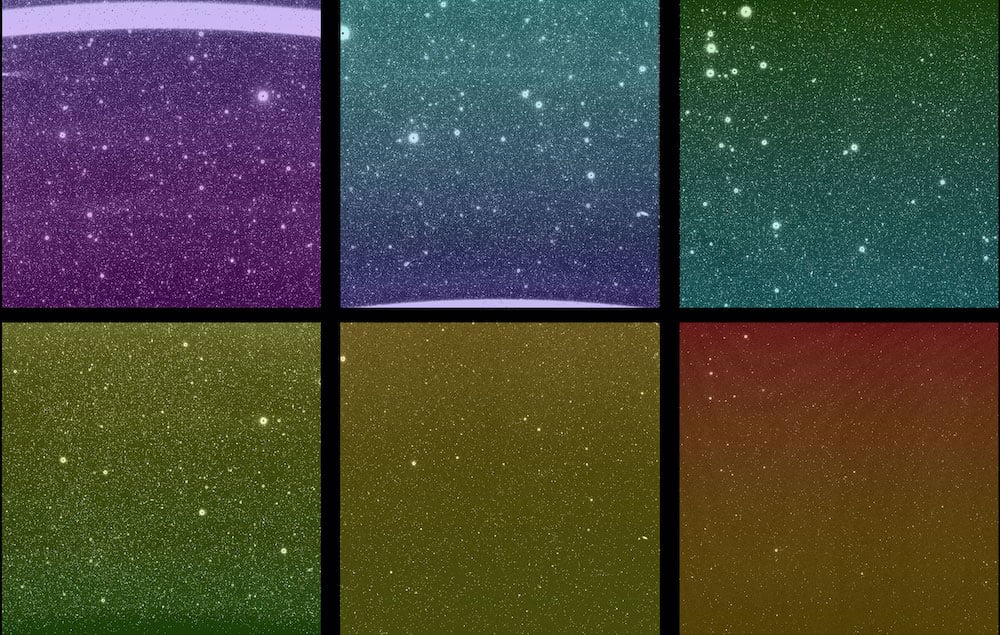SPHEREx stands for the Spectro-Photometer for the History of the Universe, Epoch of Reionization, and Ices Explorer.
You can see why NASA came up with a natty name for it! It’s their new infrared space telescope designed to give us unprecedented insights into the evolution of the Universe.
It was selected back in 2019 as part of NASA’s Medium Explorer program and aims to; conduct an all-sky spectral survey to measure the history of galaxy formation, investigate the origins of water and molecules in regions where stars and planets form and explore the distribution of interstellar ice.
Onboard SPHEREx has cutting-edge spectroscopy technology so that it can observe wavelengths ranging from 0.75 to 5.0 microns and allow us to peer through dust that obscures visible light.

The new space observatory will scan the entire sky four times over a two-year mission, using spectroscopy to examine light from hundreds of millions of celestial objects across more wavelengths than any previous all-sky survey.
It will capture infrared light invisible to the human eye and to process the images, assign a visible light color to each infrared wavelength. This technique allows scientists to determine an object’s composition or a galaxy’s distance, enabling research on fundamental topics ranging from the earliest moments of the birth of the Universe to the origins of water in our Galaxy.
When light enters the telescope, it splits along two paths, leading to rows of three detectors each. Each of its six detectors captures 17 unique wavelength bands, creating a detailed spectrum of 102 distinct hues in every exposure.
Unlike standard filters that block all wavelengths except one specific color, SPHEREx uses special “rainbow-tinted” filters where the wavelengths blocked change gradually from top to bottom, allowing it to capture a more complete spectrum of cosmic light!
After its launch, engineers at the Jet Propulsion Laboratory have been completing spacecraft checks on SPHEREx. To date, all systems are functioning properly, and the spacecraft is in good health.
Its detectors and hardware have been cooling down to their operating temperature of around 210°C, a critical part of its design since heat would interfere with the telescope’s ability to detect infrared light.
The initial images just released confirm that the telescope’s focus is correct, which is a release to engineers since its focus was permanently set before launch and cannot be adjusted while in orbit!
“Our spacecraft has opened its eyes on the universe, it’s performing just as it was designed to,” says Olivier Doré, SPHEREx project scientist at Caltech and NASA’s Jet Propulsion Laboratory.
SPHEREx is expected to begin operations in late April, and astronomers worldwide are waiting in keen anticipation. The mission represents a significant leap forward in our attempts to understand the evolution of the Universe.
By mapping the entire sky with unprecedented detail, SPHEREx will create a three-dimensional map of our cosmos more comprehensive than any before and there is no doubt, the coming months will reveal the full capabilities of this innovative new observatory.
This article was originally published by Universe Today. Read the original article.









